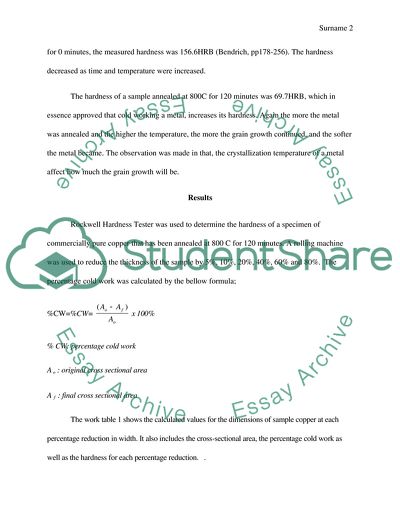Cite this document
(The Concept of Work Hardening of Metals Lab Report, n.d.)
The Concept of Work Hardening of Metals Lab Report. https://studentshare.org/chemistry/1849949-hardness-lab
The Concept of Work Hardening of Metals Lab Report. https://studentshare.org/chemistry/1849949-hardness-lab
(The Concept of Work Hardening of Metals Lab Report)
The Concept of Work Hardening of Metals Lab Report. https://studentshare.org/chemistry/1849949-hardness-lab.
The Concept of Work Hardening of Metals Lab Report. https://studentshare.org/chemistry/1849949-hardness-lab.
“The Concept of Work Hardening of Metals Lab Report”. https://studentshare.org/chemistry/1849949-hardness-lab.


